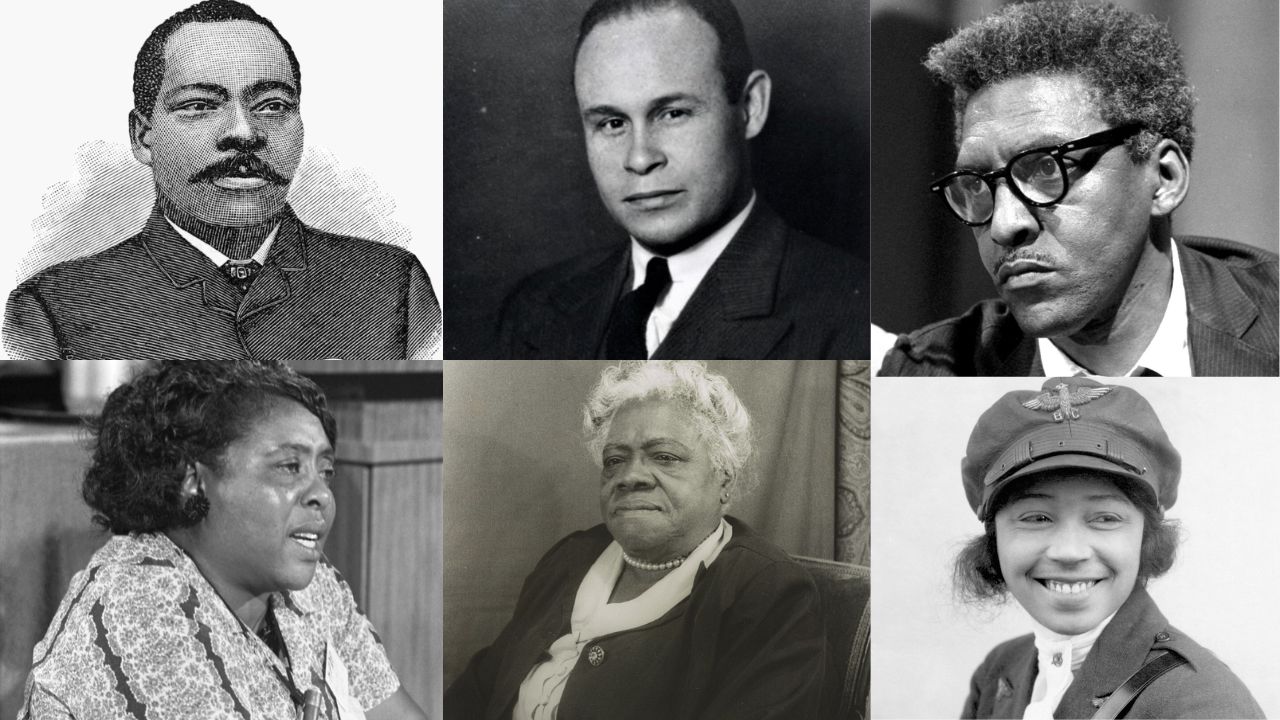Genius rarely arrives tidy. Behind the most magnetic bodies of work sit private terrors that narrowed choices and sharpened focus. Phobias bent schedules, sealed doors, and turned control into ritual. What looks like eccentric habit from a distance often reads as a working method up close. Set a boundary, redirect the fear, repeat the move until it sings. Read this way, the work feels more human. Constraint is not a footnote to brilliance; it is one of its engines.
Yayoi Kusama: Aversion Becomes Pattern And Calm
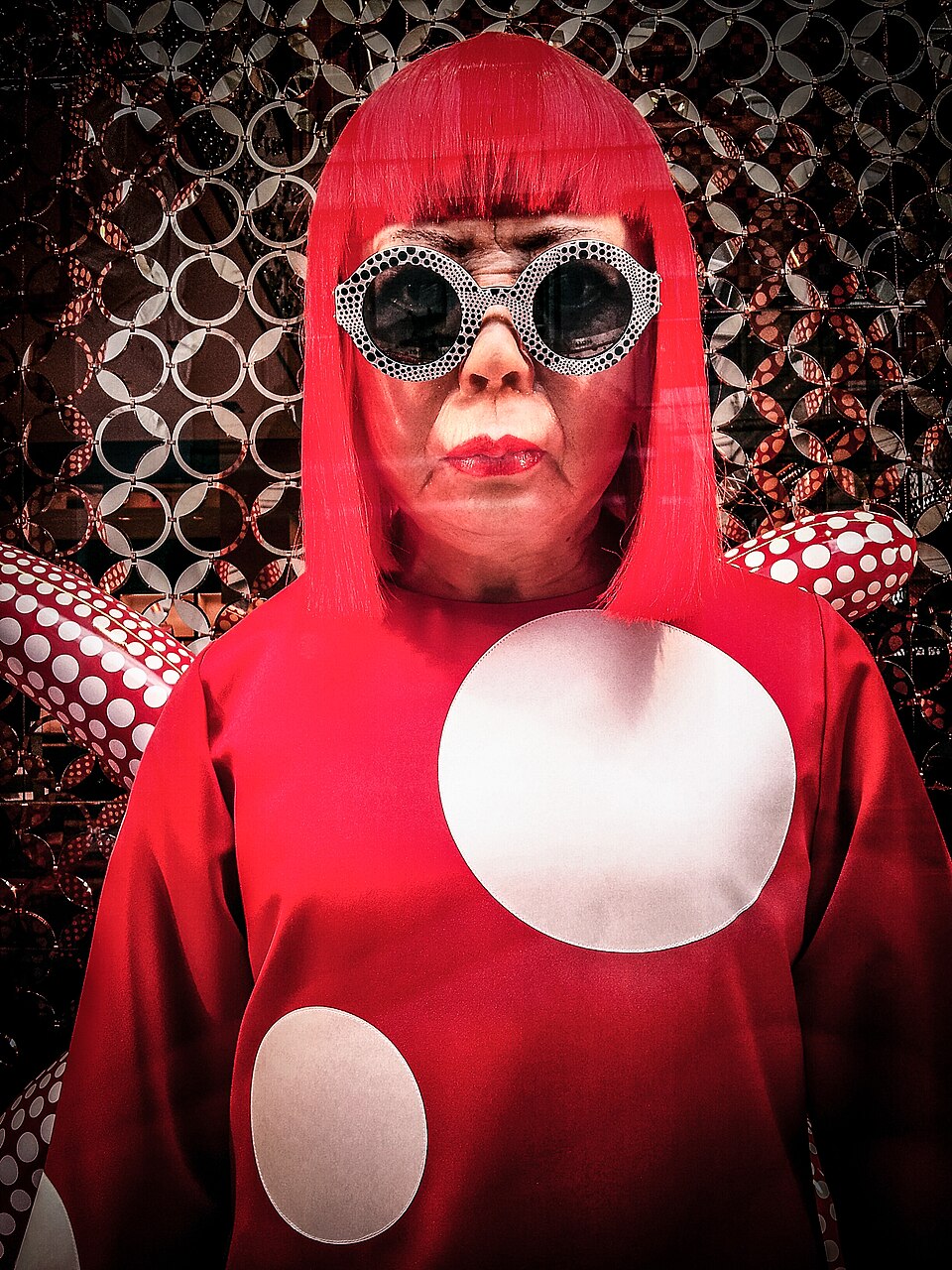
Kusama lives with intrusive visions and a profound aversion to sexual contact, so she covered the world in dots and soft forms until threat lost its edges. Repetition becomes medicine. Phallic tubers smother chairs, boats, and coats, parodying desire while neutralizing it. Polka fields turn rooms into steady weather where panic has no anchor. The method is simple and relentless. Accumulate, submerge, breathe. What reads as playful spectacle began as self regulation and became a language anyone can enter.
Salvador Dali: Insect Dread As Surreal Voltage
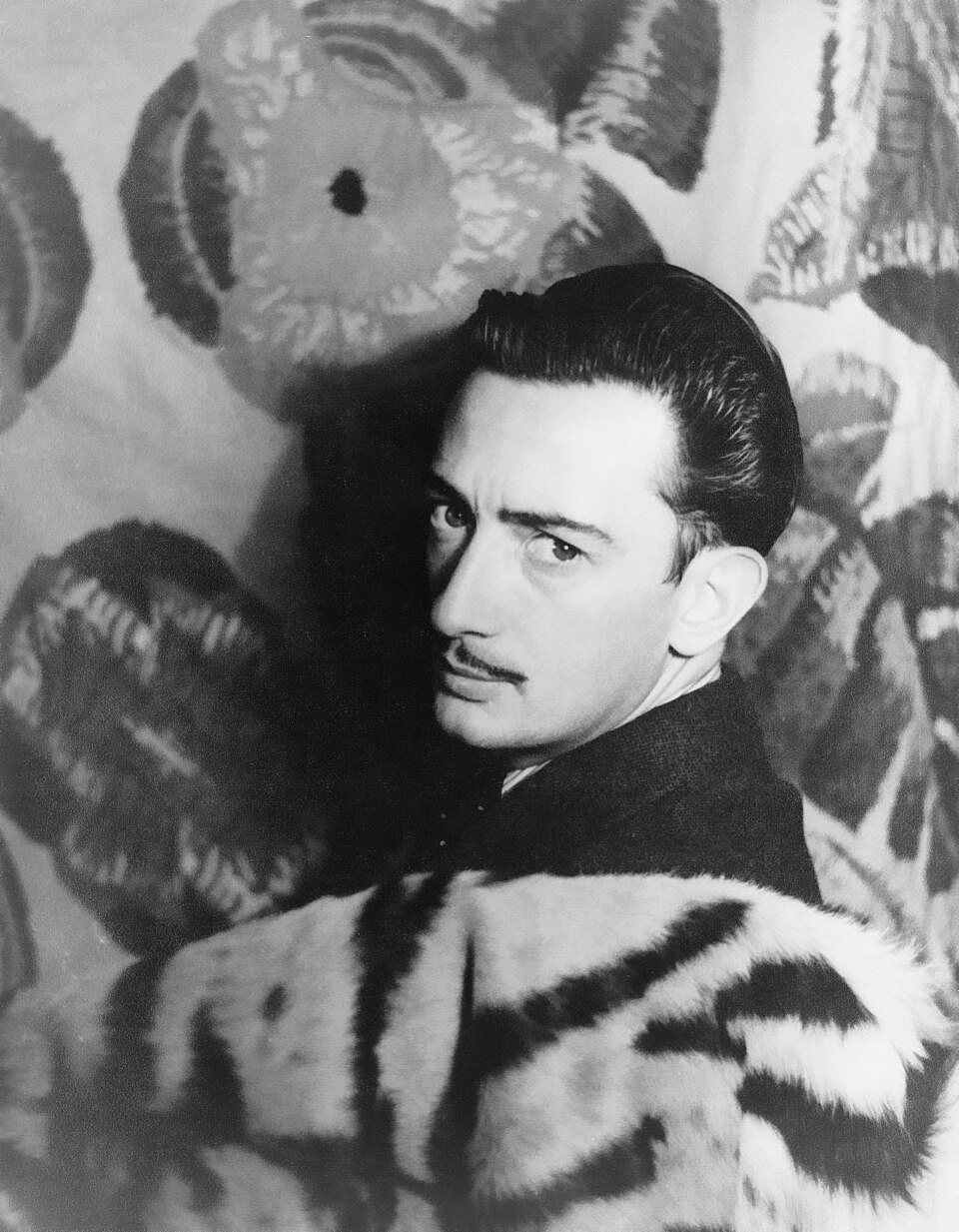
Dali feared swarming insects, especially locusts, and that revulsion crawls through his images like a live wire. Chitin, mandibles, and brittle shells cling to fruit, faces, and polished horizons, interrupting elegance with itch and crackle. He stages the shudder rather than hiding it, forcing the gaze to hold what the body wants to reject. That friction charges the scene. Beauty meets contamination and keeps its nerve. Disgust is not a sidenote here. It is a pigment, mixed and applied.
Emily Dickinson: Small Radius, Immense Reach
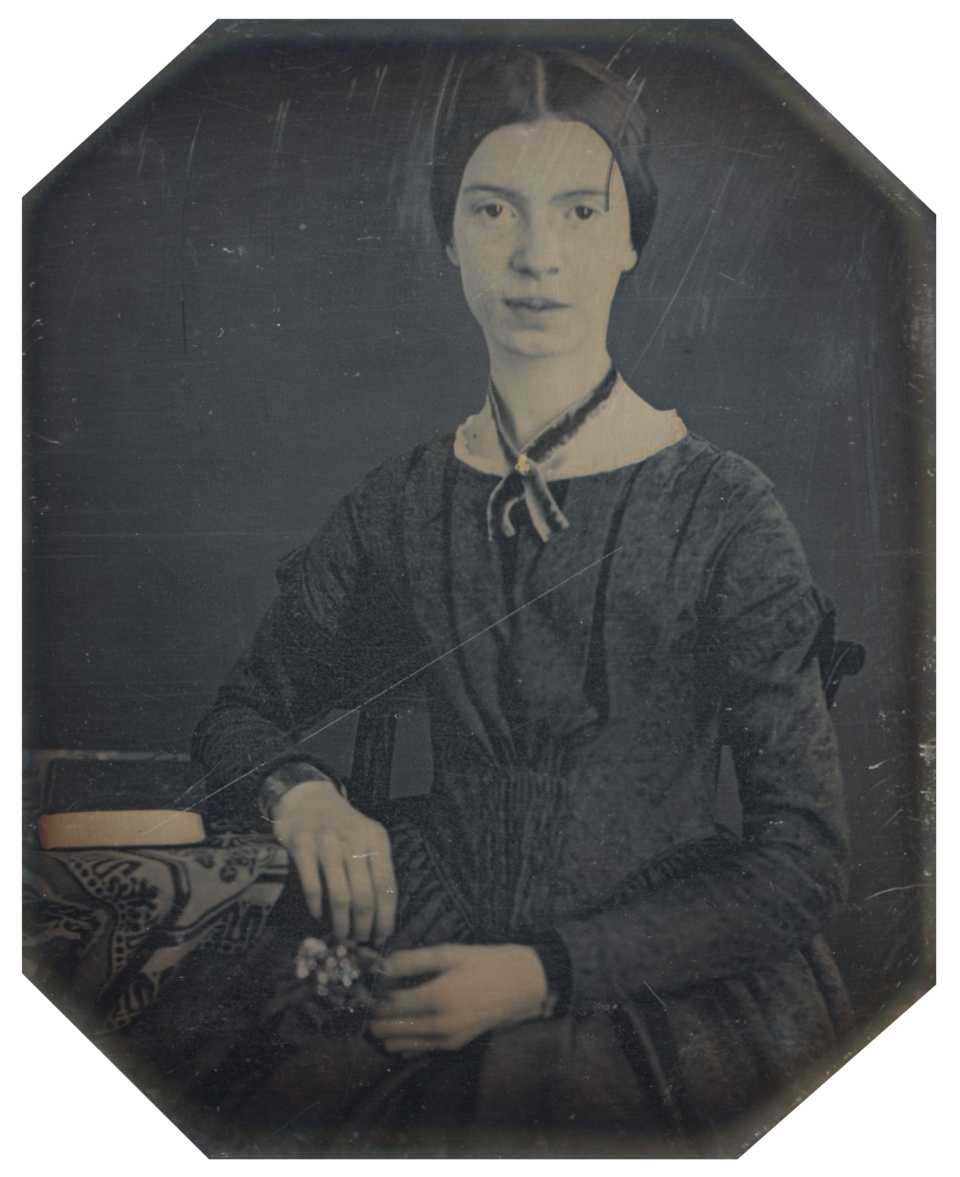
Dickinson kept close to the house and garden, likely shaped by intense social anxiety and a dread of public scrutiny. The poems obey that radius yet detonate its limits. Tight stanzas test doors, sills, and slants of light, then vault into afterlife, grief, velocity, and praise. Fear restricts the errand, not the range. By disciplining movement, she refines attention until a bee or a noon can carry argument. The constraint becomes a lens and the lens becomes a cosmos.
Glenn Gould: Germ Anxiety Builds A Studio Ideal
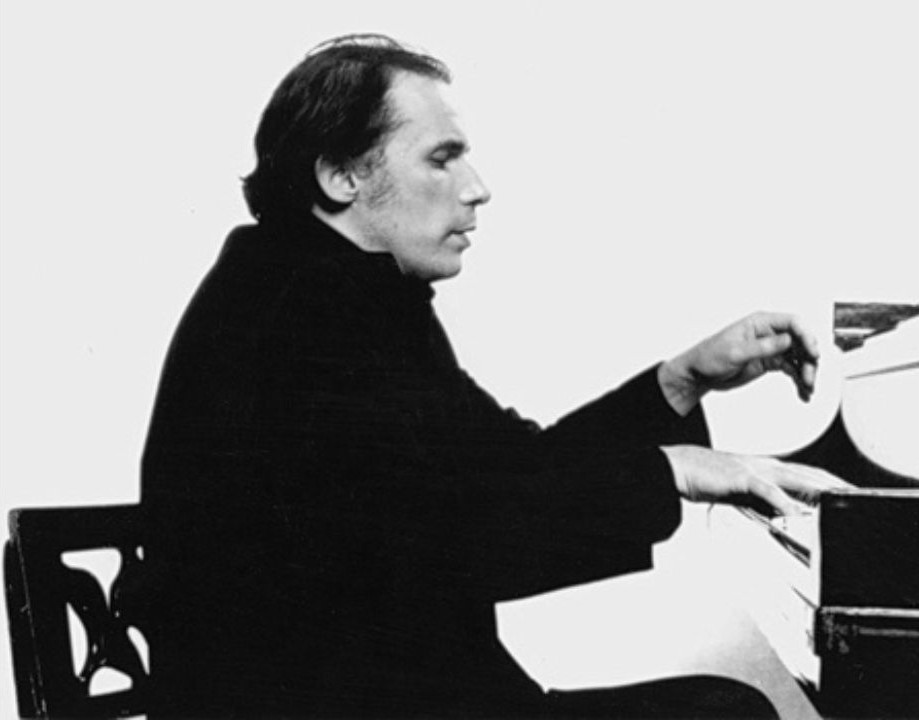
Gould recoiled from crowds and germs, so he left the stage at 31 and built a controlled world where music could be drawn to scale. Fixed chair height, cold rooms, exact mic placement, spliced takes that function like brushwork. Applause gives way to architecture. Anxiety becomes a plan, then a sound. The result is uncanny clarity and articulation that the hall could not guarantee. What outsiders called avoidance looks, on listening, like invention guided by care and precision.

